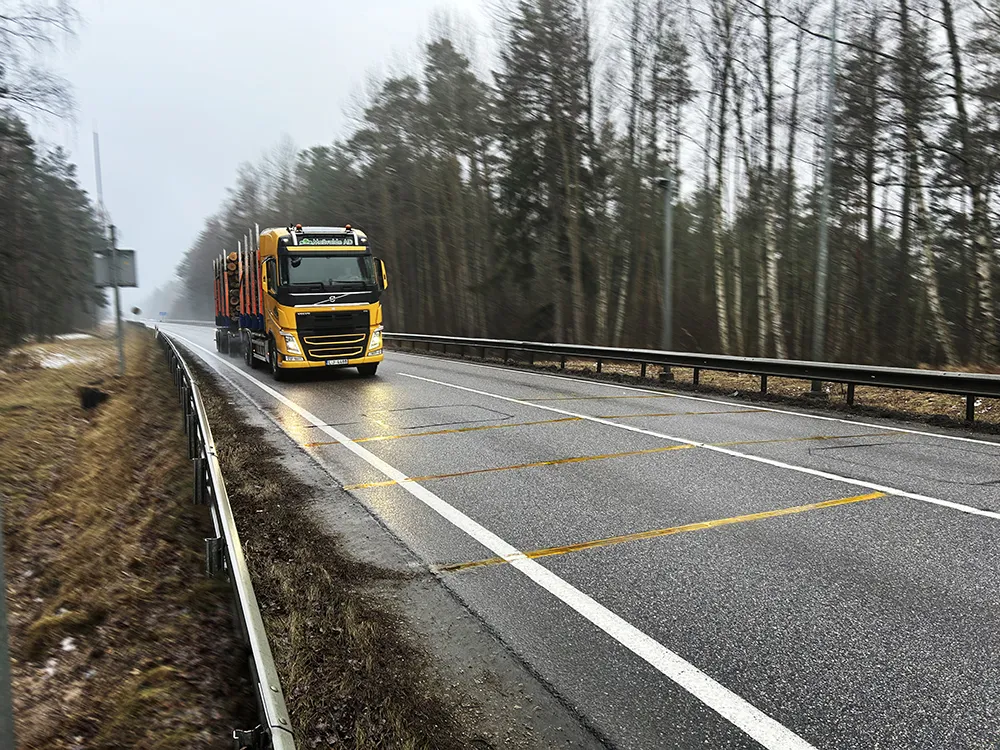
“Our 3D machine vision technology has so far been deployed for more than a decade all around the world, meeting many different applications, both fixed and mobile, and harsh installation and operation conditions,” says Stefano Arrighetti, Kria’s CEO and founder and the main driving force behind the company’s multiple ground-breaking products. “This mature and adaptive nature has translated to very positive feedback and repeating customers,” he said.
“We have been applying a lot of improvements stemming from the mobile world and have reduced the processing unit so much that it has now been integrated into the main camera housing, making for very sleek units. We still maintain modularity, though; our customers can still place the CPU elsewhere if the project so demands,” Arrighetti added.
One of the new releases is also Kria’s new ‘Transparentizer feature’, allowing face recognition-grade images from units such as the all-in-one T-Exspeed.
“T-Exspeed is our flagship product: it incorporates enforcement, security intelligence and infomobility capabilities,” says André Antunes, who handles International Sales at Kria. “This new feature is critical to meet with demands from the security market, responding to increasing needs for intelligence information from these systems.”
Kria is also keen on seeing new interest from upcoming enforcement applications such as WIM (weigh-in-motion), where the company says it can substantially help with speed variation and trajectory enforcement over weight sensor areas to radically improve the number of correct detections.










